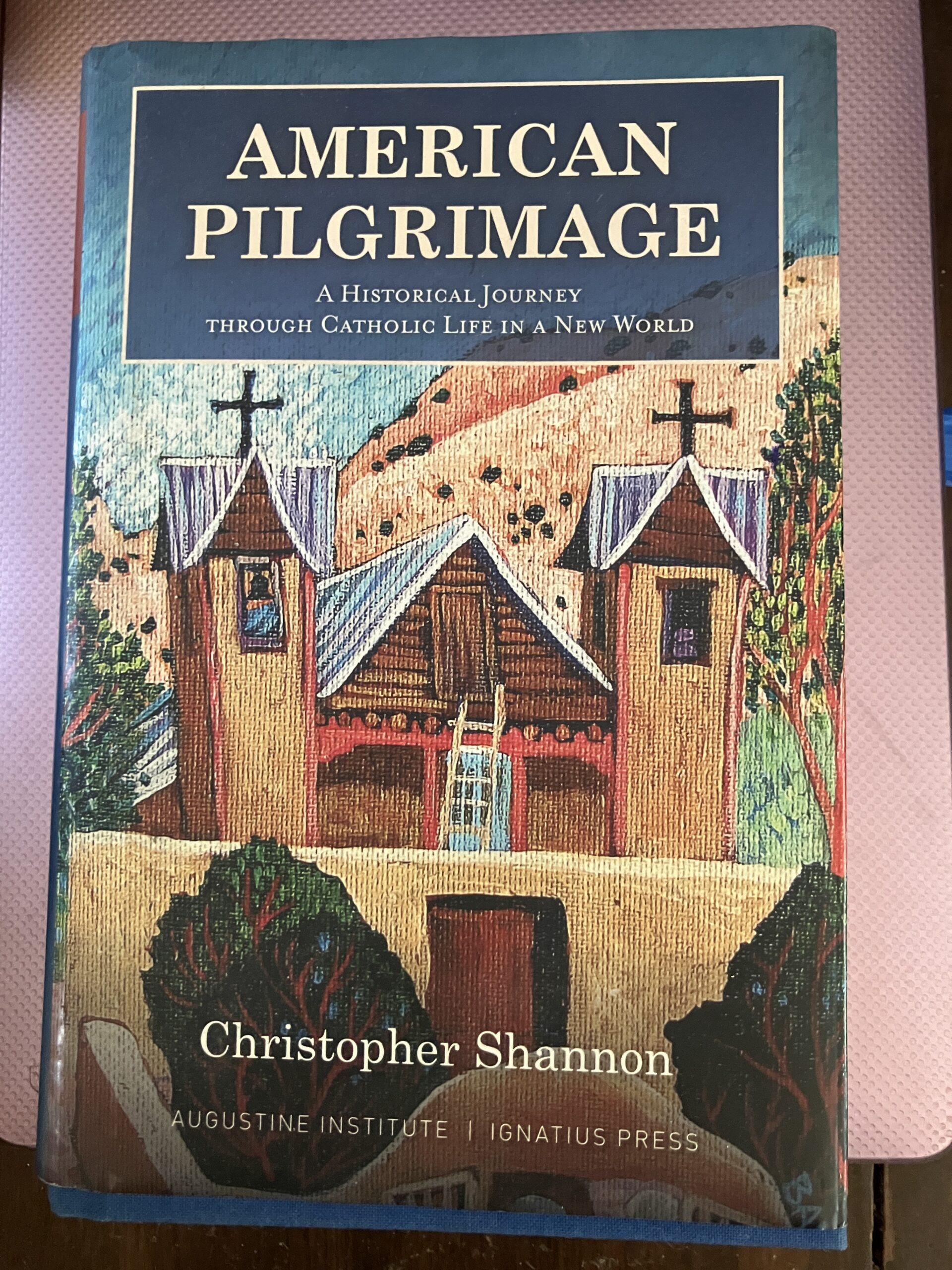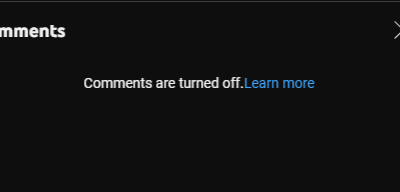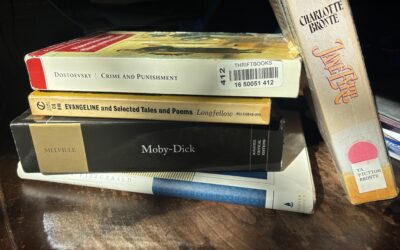by: Christopher Shannon
This is a Catholic history of life in the New World which, as I have learned from homeschooling my children and using Catholic history books, is a bit different than a non-Catholic history. For instance, there is quite a bit more discussion of religious motives, missionaries, popes and the French colonists, which were almost only mentioned in passing in the public school history of my youth (the French colonists, the other things weren’t mentioned at all unless it was something negative).
This book started off excellent. It discusses the colonial period of the New World by country starting with Spain, moving on to France and ending with England. The author did a really good job of discussing all angles of the various situations that arose, the background of the people involved (including various native tribes) and the church’s response. He also brought up religious events that were actually kind of gigantic politically, too. Like, the appearance of Our Lady of Guadalupe to Saint Juan Diego that ended up converting most of the country of Mexico to Catholicism in less than a decade when missionaries had made zero in-roads before the apparition (never heard about this until I started learning Catholic history).
There was also a lot of discussion of the pervasive anti-Catholicism in the American colonies that continued on after the birth of the Republic. Some of the anti-Catholic sentiments came from some surprising people (Et tu, John Adams?).
Despite the trials, there were stories of saints persevering, of Cathedrals being built and of Catholics finding their way to becoming accepted as fully American, which usually involved them not acting too Catholic. Ha!
As I stated, this book started off excellent and had a lot of information and history that I’d never read before. It illuminated some of the history of the Church in this country that led to a lot of “A-ha!” moments. There were many inspiring moments for Catholics to be proud of. However, at about the time of the New Deal, the author’s bias started to seep in. It kind of snow balled and by the time he got to the 60’s, 70’s and 80’s, his bias was very obvious. There was no more careful consideration of all angles. In fact, I have notes in the margins that some of his reasoning is practically insane (ie. insinuating hypocrisy in Catholics that would not vote for a candidate that was pro-abortion but who would vote for a candidate that was pro-contraception.)
It ended well. The last chapter was much more in the vein of the start of the book.
I would cautiously recommend this book. It’s hard to find a Catholic history book this all-encompassing, especially of this country and it really is very interesting reading about the origin of this country from a Catholic point of view. However, I would read everything after the New Deal with a very discerning eye. I would also familiarize yourself with the encyclicals that he speaks of, especially ‘Rerum Novarum’ (on the Condition of the Working Classes) and ‘Humana Vitae’ (On Human Life), because the author didn’t seem to have a grasp on either of those and he certainly didn’t have a grasp on Natural Family Planning. I would also recommend viewing the Ignatius Press Formed Book Club episodes done on this book. There was not only excellent discussion, but also a lot of “setting the record straight” during the time periods that Father Fessio and Vivan Dudro lived through.
So, a cautious recommendation. Definitely worth it up to about the New Deal.





0 Comments